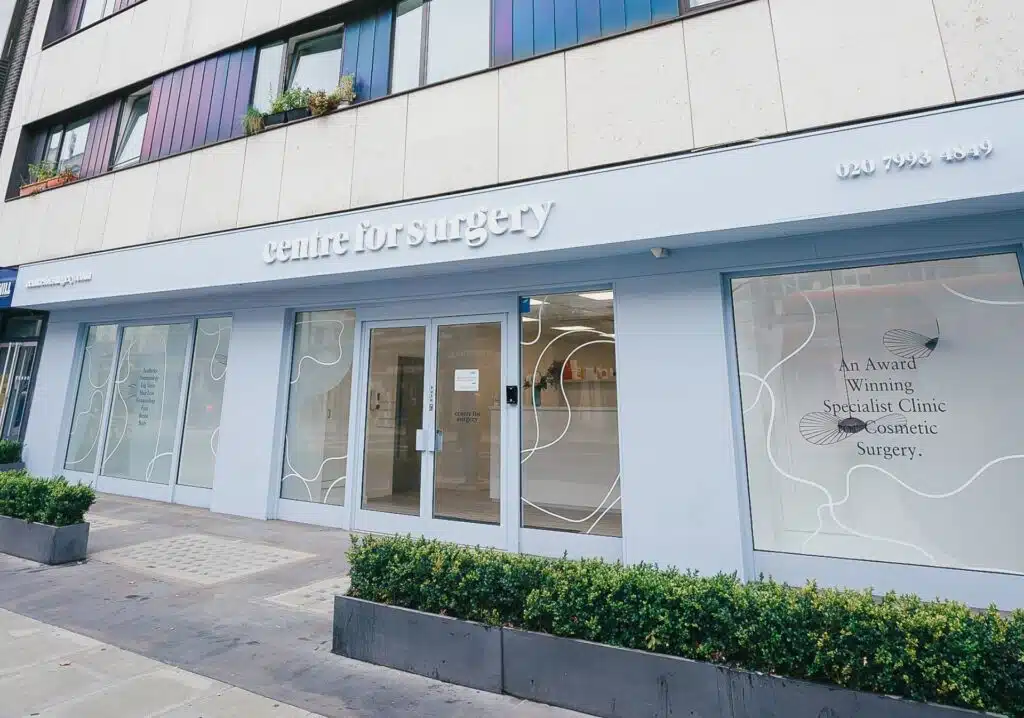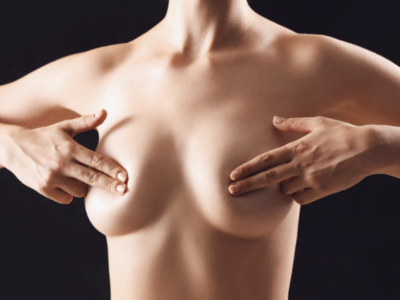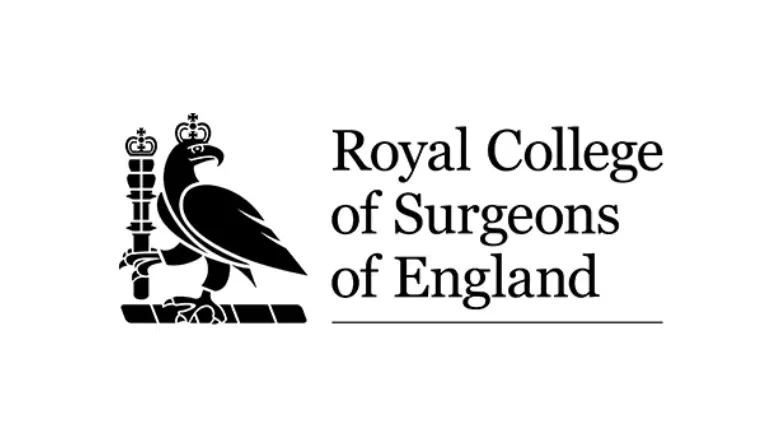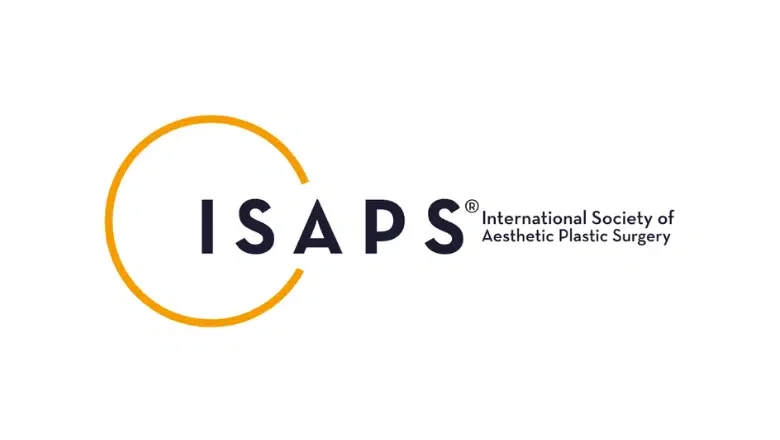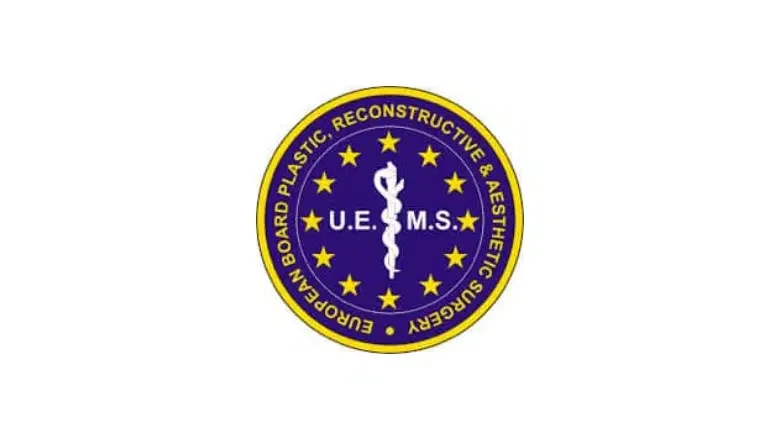Many women experience dissatisfaction with their breasts due to concerns related to size, shape, projection, and position. This often leads them to seek tubular breast correction as a solution. However, some women have a relatively common congenital disorder that causes their breasts to develop abnormally – a condition known as tubular breasts.
What Are Tubular Breasts?
The exact cause of tubular breasts remains unclear, but it is believed to be due to abnormal breast tissue development during puberty. This condition, also referred to as breast hypoplasia, results in an unusual appearance of the breasts, often characterised by a narrow, elongated shape with a constricted base.
While tubular breasts can pose challenges for breastfeeding, they do not negatively impact a woman’s overall physical health. Despite this, the condition can be a significant source of emotional distress and embarrassment for those affected. Many women choose not to discuss the issue, making it difficult to determine the true prevalence of tubular breasts among the population.
The impact of tubular breasts on a woman’s self-esteem and body image can be profound, leading some to seek surgical intervention to correct the appearance of their breasts. A skilled and experienced plastic surgeon at Centre for Surgery in London can perform procedures specifically designed to address tubular breasts, improving their shape, symmetry, and overall appearance. By doing so, women with tubular breasts can regain confidence in their bodies and feel more comfortable in their own skin.
What Are the Clinical Features of Tubular Breasts?
Tubular breast deformity manifests in various ways, resulting from the improper development of breast tissue. The most common characteristics of this condition include the following:
- A large gap between the breasts: Tubular breasts often have a noticeable distance between them due to inadequate tissue development.
- Constricted base and tubular shape: Instead of having a round and full appearance, tubular breasts exhibit a narrow, elongated shape with a tight base. This causes them to point downwards and results in an abnormal-looking inframammary fold.
- Enlarged and puffy areola: The skin around the nipple may appear constricted, causing the areola to seem enlarged and swollen.
- Asymmetry: Tubular breasts often lack symmetry, as one breast may develop normally while the other is affected by the deformity. It is also common for one breast to be noticeably larger than the other.
Determining if You Are Suitable for Tubular Breast Deformity Correction
If you have asymmetrical breasts, a significant gap between your breasts, and/or breasts that have failed to develop fully, you may be a suitable candidate for tubular breast deformity correction. The presentation and severity of tubular breasts can vary among patients, and our expert plastic surgeons at Centre for Surgery will be able to assess your unique case and advise which cosmetic breast procedure or combination of techniques would be most effective in addressing the issue.
By undergoing tubular breast deformity correction, you can achieve a more balanced and aesthetically pleasing appearance, boosting your confidence and allowing you to feel more comfortable in your own skin.
What procedures can correct tubular breasts?
Tubular breast deformity is a condition that can cause significant distress and self-consciousness for those affected. A variety of surgical procedures can help correct tubular breasts, addressing issues such as lack of development, asymmetry, and drooping. In this article, we will explore the different procedures available for correcting tubular breasts, including breast augmentation, breast uplift, breast augmentation with an uplift, and asymmetry correction.
RELATED: How to Fix Tuberous Breasts
Breast Augmentation for Tubular Breasts
Breast implants can be an effective solution for tuberous breast correction surgery, particularly when there is a lack of development in the breast tissue. By using implants to fill and shape the breasts, the overall appearance can be improved. However, it is crucial that the constricted base of the breast is released to ensure a normal breast appearance. This may involve reshaping the breast tissue and creating a more natural-looking inframammary fold. Breast augmentation can also help achieve better symmetry between the breasts, enhancing the overall aesthetic outcome.
Breast Uplift for Tubular Breasts
Another common issue associated with tubular breasts is significant ptosis or drooping of the breast tissue. In such cases, a breast uplift, also known as mastopexy, can be performed to reshape and reposition the breast tissue higher on the chest wall. This procedure involves removing excess skin and tightening the surrounding tissue, providing better support for the newly reshaped breasts. During a breast uplift, the areola can also be resized and reshaped, addressing any issues related to enlarged or puffy areolas often seen in tubular breasts.
Breast Augmentation with an Uplift for Tubular Breasts
In some cases, a combination of breast augmentation and breast uplift may be required to address multiple issues associated with tubular breasts. This procedure, known as augmentation mastopexy, is particularly popular for achieving optimal results. By combining the benefits of both breast augmentation and breast uplift, patients can achieve fuller, more symmetrical, and better-positioned breasts. The surgeon will carefully assess the patient’s unique anatomy and desired goals to determine the most appropriate implant size, shape, and placement, as well as the extent of the uplift required.
Asymmetry Correction for Tubular Breasts
Tubular breasts often present with asymmetry, where one breast is significantly larger or more drooping than the other. The nipples and areolas may also be affected by this asymmetry. In such cases, a skilled and experienced plastic surgeon is essential for ensuring the best possible results in achieving symmetrical breasts post-procedure. Breast asymmetry correction may involve a combination of the procedures mentioned above, tailored to the patient’s specific needs.
For example, one breast may require augmentation while the other needs a reduction, or one breast may need a more extensive uplift than the other. The surgeon may also perform nipple and areola reshaping to ensure a harmonious and balanced appearance.
Tubular breast correction at Centre for Surgery
Centre for Surgery is a leading provider of surgical solutions for various breast concerns, including tubular breast correction. With a team of highly skilled and experienced plastic surgeons, Centre for Surgery offers personalised care and state-of-the-art procedures to address the unique needs of patients with tubular breasts at our Baker Street clinic.
At Centre for Surgery, the process begins with a comprehensive consultation to understand your specific concerns, goals, and expectations. During this consultation, the surgeon will thoroughly examine your breasts and discuss the best treatment plan tailored to your individual case. They will also explain the various surgical options available for tubular breast correction, including breast augmentation, breast uplift, augmentation mastopexy, and breast asymmetry correction.
Here at Centre for Surgery, our surgeons are well-versed in the latest techniques and approaches to achieve optimal results for patients with tubular breasts. They understand the importance of achieving a natural and aesthetically pleasing appearance while maintaining the highest standards of patient safety and comfort.
Centre for Surgery offers a supportive and compassionate environment, ensuring that patients feel at ease throughout the entire process. From the initial consultation to postoperative care, our team at Centre for Surgery is committed to providing the highest level of care and attention to detail.

